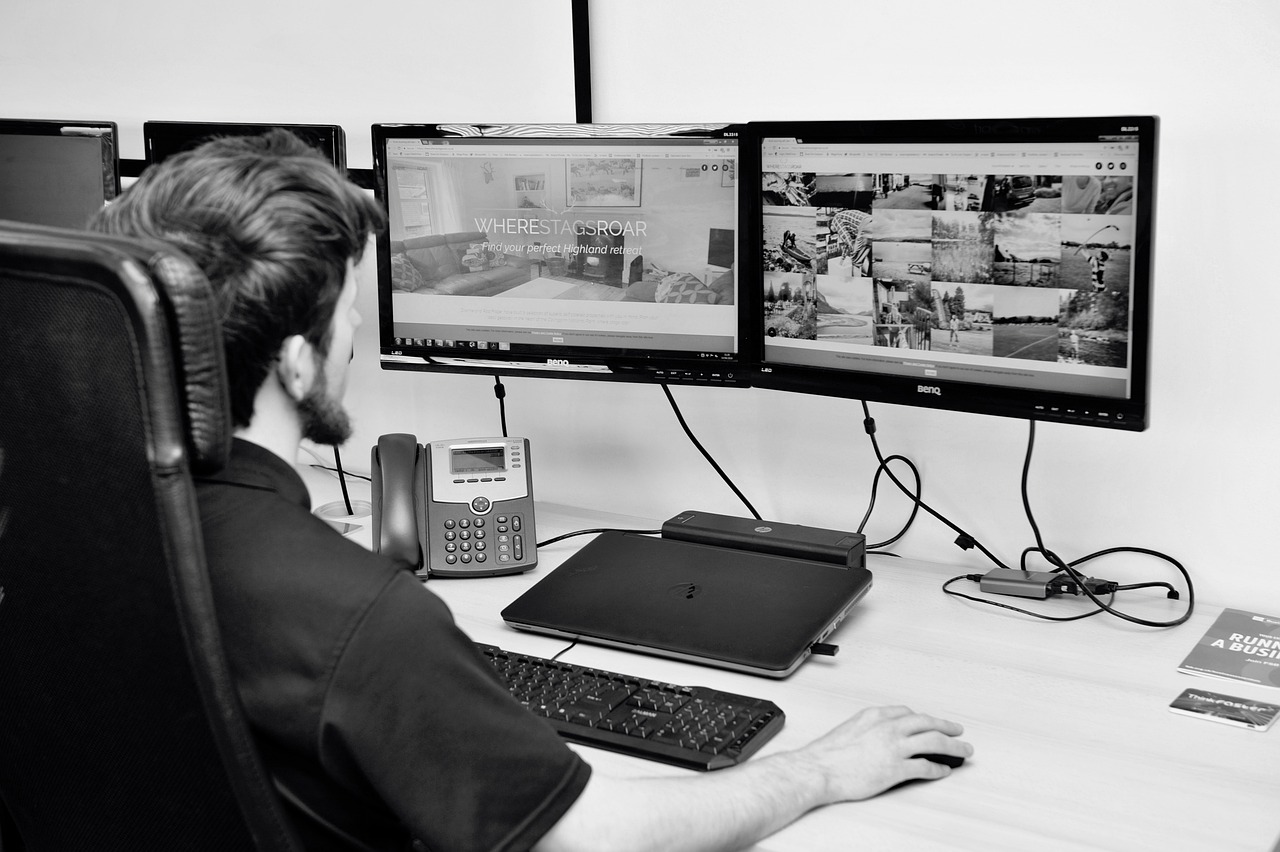Table of Contents
In today’s digital age, mastering web design has never been more essential. This journey involves understanding various elements and tools, and offers endless opportunities for creativity and innovation.
• Understanding the Basics of Web Design
To master web design, you need to start with the basics. Understanding HTML (HyperText Markup Language) and CSS (Cascading Style Sheets) is critical because these form the backbone of web development. HTML structures your web content, while CSS styles it to make it visually appealing.
Basics also include learning about web design principles such as responsiveness, user experience (UX) design, and user interface (UI) design. Responsiveness ensures your website looks great on all devices, from desktops to mobiles. UX design is about making user interaction with the website as smooth and intuitive as possible. UI design focuses on the look and feel of the website. Mastering these foundational elements gives you the solid base needed to create effective and engaging websites.
• Choosing the Right Tools and Software
Selecting the appropriate tools and software is the next crucial step in web design education. There are numerous options available, each with its unique strengths. Adobe XD, Sketch, and Figma are widely used for designing web interfaces. These tools offer features like vector editing, prototyping, and collaboration, making the design process smoother. For coding, tools such as Visual Studio Code offer real-time code editing and debugging. In addition to design and coding tools, a good Content Management System (CMS) like WordPress can simplify the management of web content. Each tool has its learning curve, so it’s essential to explore them and figure out which ones suit your workflow best. A good grasp of these tools will significantly boost your efficiency and skill level in web design.
• Building a Strong Portfolio
A strong portfolio is your ticket to showcasing your web design skills to potential clients or employers. Start by including a variety of projects that demonstrate your capabilities across different types of websites, from e-commerce platforms to personal blogs. Ensure that your portfolio highlights your proficiency in crucial aspects like responsive design, UX/UI principles, and creativity. Each project should be accompanied by a brief explanation of the challenges you faced and how you solved them. Additionally, incorporating client testimonials or case studies can add significant value. Use your portfolio to not just showcase completed work, but to tell a story about your growth and adaptability as a web designer. An impressive, well-organized portfolio can set you apart in a competitive market.
• Staying Updated with Trends and Technologies
Web design is a rapidly evolving field, making continuous learning and adaptation vital. Staying updated with the latest trends, technologies, and best practices can give you an edge. Subscribe to renowned web design blogs, attend webinars, and take part in online courses to keep your skills current. Key trends to watch out for include the rise of no-code and low-code platforms, advancements in Artificial Intelligence (AI) for personalized user experiences, and increasing emphasis on accessibility and inclusivity in design. By continually enhancing your knowledge and skills, you ensure that you can meet the ever-changing demands and expectations of the industry. Adaptation and continuous learning are the bedrocks of evolving as a proficient web designer.
• Networking and Community Involvement
Networking and community involvement can provide invaluable support and inspiration throughout your web design education. Join local or online communities like meetups, forums, and social media groups dedicated to web design. Engaging with peers can offer new perspectives, feedback, and mentorship opportunities. Websites like Dribbble and Behance not only serve as platforms to showcase your work but also to connect with other designers. Participating in hackathons or design challenges can push your creative boundaries and improve problem-solving skills. Networking is not just about making connections; it’s about creating meaningful relationships that can open doors to new opportunities, resources, and collaborations. Active participation in the web design community encourages continuous growth and knowledge sharing.
